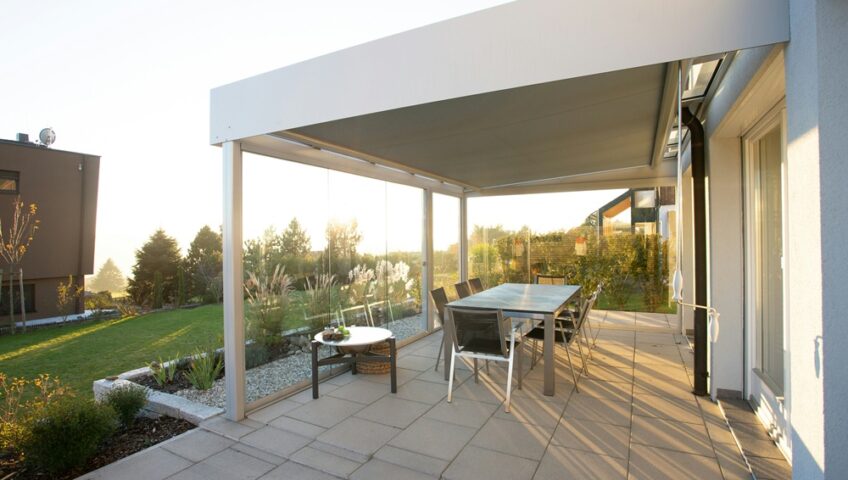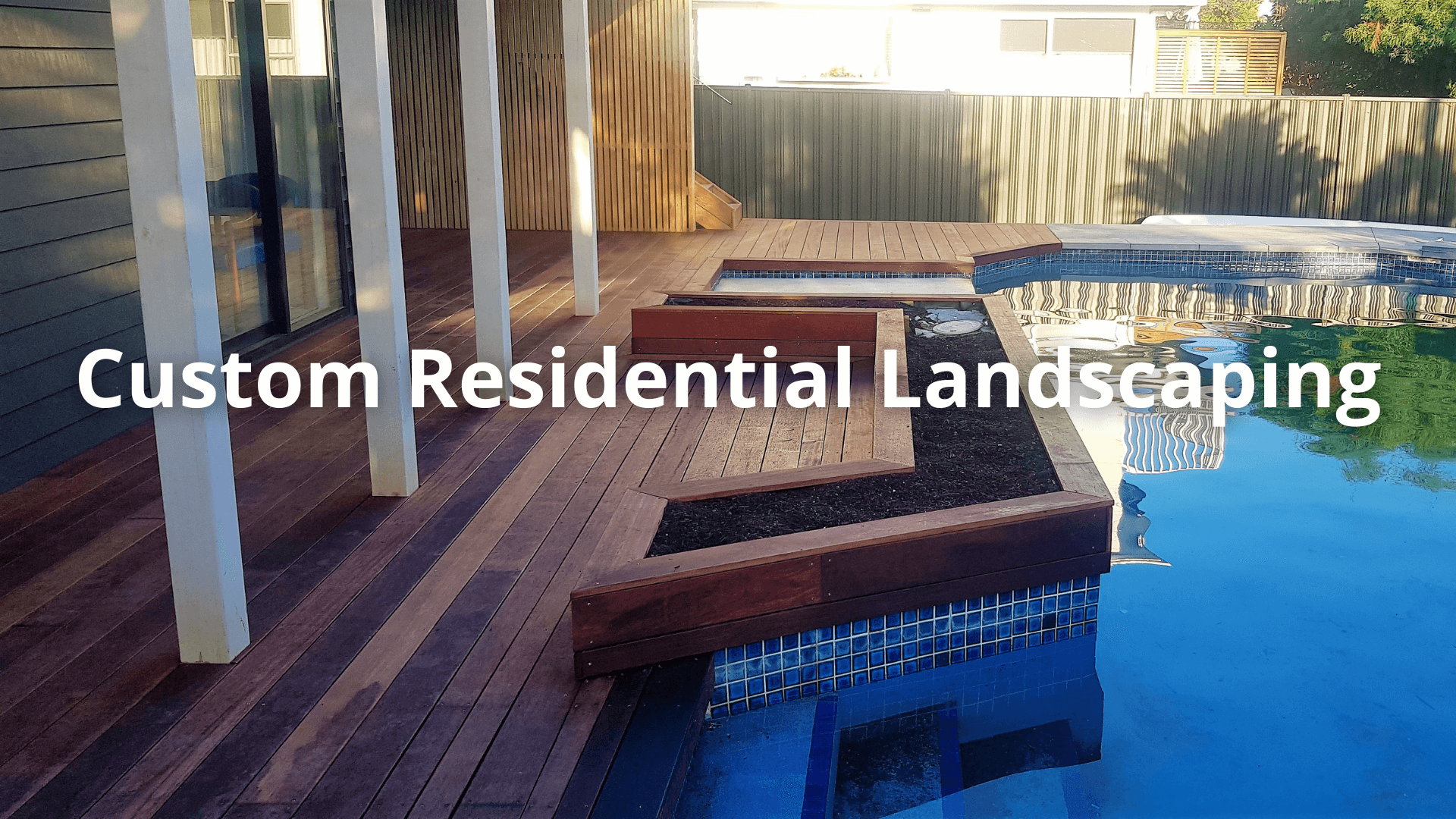
Landscaping Services Near Me: A Guide to Landscaping in Auckland
Understanding the Role of Landscaping in Outdoor Living
Landscaping is vital in transforming outdoor spaces into functional, beautiful, and sustainable environments. In Auckland, landscaping services help homeowners design gardens that suit the local climate, topography, and lifestyle. Those searching "landscaping services near me" often aim to strike a balance between aesthetics, functionality, and low maintenance.
Why Auckland Properties Benefit from Professional Landscaping
Auckland's diverse terrain and coastal weather require strategic landscaping solutions. From erosion control on sloped sections to planting native flora that thrives in local soil conditions, experienced landscapers can create resilient and attractive outdoor spaces. Suburbs such as Mt. Eden, Grey Lynn, and Howick benefit from site-specific landscaping that enhances property value and livability.
Standard Landscaping Features in Auckland Gardens
Whether modern or traditional, landscaping in Auckland often includes a mix of softscaping and hardscaping elements:
- Planting and Garden Design: Using native plants like pohutukawa and manuka reduces maintenance and supports local biodiversity.
- Lawn Installation: From natural grass to synthetic turf, lawns remain a popular choice.
- Paving and Pathways: Stone, concrete, or timber paths help structure garden flow.
- Retaining Walls: Critical for sloped sites, retaining walls manage soil and add definition.
- Outdoor Living Areas: Decks, patios, and pergolas are commonly integrated for entertaining and relaxation.
These elements combine to create cohesive, functional landscapes that reflect Auckland's outdoor lifestyle.
Council Consent and Regulations
Many landscaping features, such as decks or retaining walls over a certain height, require council consent in Auckland. This process typically involves submitting a detailed plan and design, which a professional landscaper can assist with. They can guide you through the consent process, ensuring your outdoor space is both compliant and safe.
Drainage and Sustainability in Landscaping
Efficient drainage is crucial, particularly in areas like Waitakere and North Shore, where rainfall is heavier. Professional landscaping includes solutions such as French drains, swales, and permeable paving to manage stormwater sustainably. Sustainable practices include composting, mulching, and xeriscaping to reduce water use.
Creating a Cohesive Garden Design
Landscaping is not just about planting trees or laying pavers—it's about designing a space that fits your lifestyle. Whether you want a child-friendly lawn, a quiet retreat, or a thriving edible garden, local landscapers can tailor the design to meet your needs while ensuring visual harmony and flow.
Conclusion
Searching for "landscaping services near me" in Auckland is a step toward transforming your outdoor space into something truly special. With expert knowledge of local climate, soil, and council regulations, professional landscapers help create outdoor areas that are both practical and visually stunning. From lawn installation to full-scale garden design, the possibilities are vast—and local expertise makes all the difference.
Frequently Asked Questions (FAQs) about Landscaping Services Near Me
What does "landscaping services near me" typically include?
Landscaping services near you include garden design, lawn installation, retaining walls, paving, irrigation, planting, fencing, and ongoing maintenance. They often offer tailored advice based on your property and goals.
Why should I choose local landscaping services in Auckland?
Local landscapers understand Auckland's unique climate, soil types, and regulations. This local knowledge is crucial in ensuring that your landscaping is not only beautiful but also sustainable. By understanding these factors, you can make informed decisions about your outdoor space.
How do I find reliable landscaping services near me?
Start by checking online reviews, browsing local landscapers' portfolios, and asking for recommendations. Choose a landscaper with experience relevant to your project.
Can landscaping services near me help with council consent?
Yes, many professional landscapers in Auckland will handle or assist with the paperwork and design requirements for council consent, especially for features like retaining walls and decks. This support ensures that your landscaping project meets all necessary regulations and requirements.
What is the average cost of landscaping services in Auckland?
Costs vary widely depending on the scope and complexity of your project. Simple lawn or garden designs may cost a few thousand dollars, while full-scale landscaping with multiple features can run significantly higher.









